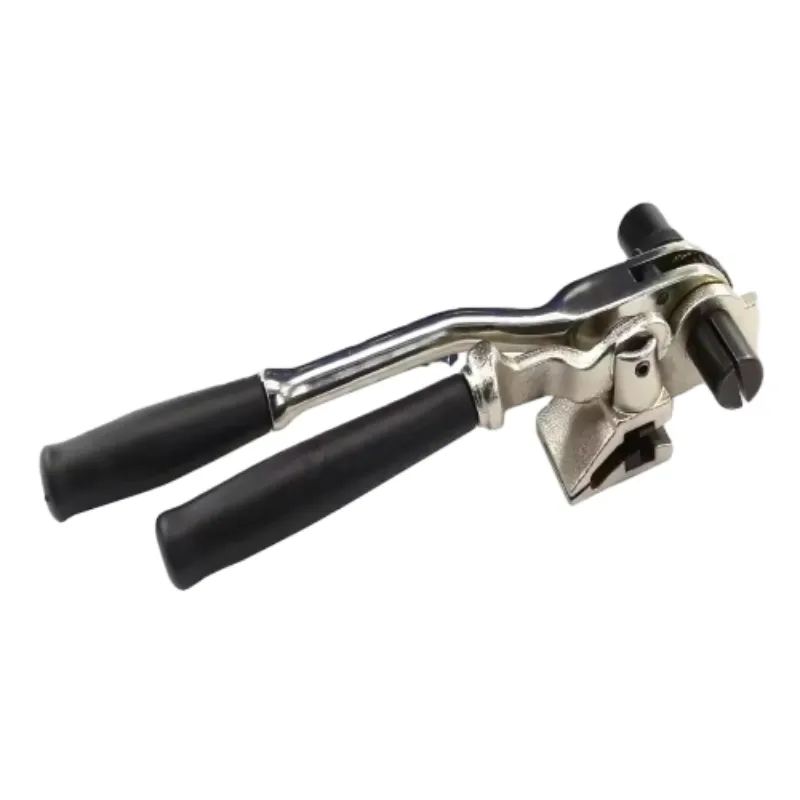
-
 Afrikaans
Afrikaans -
 Albanian
Albanian -
 Amharic
Amharic -
 Arabic
Arabic -
 Armenian
Armenian -
 Azerbaijani
Azerbaijani -
 Basque
Basque -
 Belarusian
Belarusian -
 Bengali
Bengali -
 Bosnian
Bosnian -
 Bulgarian
Bulgarian -
 Catalan
Catalan -
 Cebuano
Cebuano -
 Corsican
Corsican -
 Croatian
Croatian -
 Czech
Czech -
 Danish
Danish -
 Dutch
Dutch -
 English
English -
 Esperanto
Esperanto -
 Estonian
Estonian -
 Finnish
Finnish -
 French
French -
 Frisian
Frisian -
 Galician
Galician -
 Georgian
Georgian -
 German
German -
 Greek
Greek -
 Gujarati
Gujarati -
 Haitian Creole
Haitian Creole -
 hausa
hausa -
 hawaiian
hawaiian -
 Hebrew
Hebrew -
 Hindi
Hindi -
 Miao
Miao -
 Hungarian
Hungarian -
 Icelandic
Icelandic -
 igbo
igbo -
 Indonesian
Indonesian -
 irish
irish -
 Italian
Italian -
 Japanese
Japanese -
 Javanese
Javanese -
 Kannada
Kannada -
 kazakh
kazakh -
 Khmer
Khmer -
 Rwandese
Rwandese -
 Korean
Korean -
 Kurdish
Kurdish -
 Kyrgyz
Kyrgyz -
 Lao
Lao -
 Latin
Latin -
 Latvian
Latvian -
 Lithuanian
Lithuanian -
 Luxembourgish
Luxembourgish -
 Macedonian
Macedonian -
 Malgashi
Malgashi -
 Malay
Malay -
 Malayalam
Malayalam -
 Maltese
Maltese -
 Maori
Maori -
 Marathi
Marathi -
 Mongolian
Mongolian -
 Myanmar
Myanmar -
 Nepali
Nepali -
 Norwegian
Norwegian -
 Norwegian
Norwegian -
 Occitan
Occitan -
 Pashto
Pashto -
 Persian
Persian -
 Polish
Polish -
 Portuguese
Portuguese -
 Punjabi
Punjabi -
 Romanian
Romanian -
 Russian
Russian -
 Samoan
Samoan -
 Scottish Gaelic
Scottish Gaelic -
 Serbian
Serbian -
 Sesotho
Sesotho -
 Shona
Shona -
 Sindhi
Sindhi -
 Sinhala
Sinhala -
 Slovak
Slovak -
 Slovenian
Slovenian -
 Somali
Somali -
 Spanish
Spanish -
 Sundanese
Sundanese -
 Swahili
Swahili -
 Swedish
Swedish -
 Tagalog
Tagalog -
 Tajik
Tajik -
 Tamil
Tamil -
 Tatar
Tatar -
 Telugu
Telugu -
 Thai
Thai -
 Turkish
Turkish -
 Turkmen
Turkmen -
 Ukrainian
Ukrainian -
 Urdu
Urdu -
 Uighur
Uighur -
 Uzbek
Uzbek -
 Vietnamese
Vietnamese -
 Welsh
Welsh -
 Bantu
Bantu -
 Yiddish
Yiddish -
 Yoruba
Yoruba -
 Zulu
Zulu


Oct . 14, 2024 02:13 Back to list
understanding the applications and benefits of 25mm2 earth ...
Understanding the Applications and Benefits of 25mm² Earth Conductors
In today's world, where electrical safety and efficiency are paramount, the choice of earthing conductors plays a crucial role in safeguarding lives and equipment. One such option is the 25mm² earth conductor, which offers a range of applications and benefits critical for modern electrical systems. This article delves into these aspects to showcase the significance of opting for a 25mm² earth conductor in various scenarios.
Applications of 25mm² Earth Conductors
25mm² earth conductors are primarily used in power distribution systems and electrical installations across commercial, industrial, and residential settings. Their size makes them particularly suitable for connecting the earthing system to various electrical installations, ensuring that equipment is properly grounded. This is essential to prevent electric shock hazards, equipment damage, and ensure the functionality of protective devices such as circuit breakers and fuses.
In industrial settings, 25mm² earth conductors are often employed to bond large machinery and equipment to the earth rod. This is vital in environments where heavy machinery operates, as it helps in dissipating fault currents safely into the ground, thereby protecting workers and the equipment itself. Similarly, in commercial buildings, these conductors are used to ensure that the electrical systems are adequately grounded, minimizing risks and enhancing safety.
Additionally, 25mm² earth conductors are utilized in renewable energy systems, such as solar photovoltaic (PV) installations. With the increasing adoption of solar technology, proper grounding of solar panels and associated electrical systems has become imperative. In this context, the 25mm² earth conductor plays a vital role in grounding solar inverters and panels, ensuring that any fault current is directed safely to the earth, thereby protecting both the system and the users.
Benefits of 25mm² Earth Conductors
understanding the applications and benefits of 25mm2 earth ...

The benefits of using 25mm² earth conductors are manifold. Firstly, the size of the conductor accommodates higher fault currents, which are common in robust electrical systems. This ensures that the conductor can handle significant electrical loads without risk of overheating or breaking down, thereby bolstering system reliability and safety.
Secondly, a 25mm² earth conductor can provide low resistance paths to earth. This is crucial for effective fault current dissipation, as lower resistance ensures that the fault currents are directed quickly and safely to the ground. Consequently, this enhances the overall effectiveness of the earthing system, reducing the likelihood of electrical shocks and equipment failure.
Moreover, the durability and conductivity of the materials used in 25mm² earth conductors, typically copper or aluminum, ensure long service life and minimal maintenance. These materials are resistant to corrosion and wear, which is particularly important in harsh environments, thus providing an economical solution over time.
Lastly, adherence to electrical codes and standards is a significant benefit when utilizing 25mm² earth conductors. Their use meets or exceeds many national and international electrical safety standards, ensuring compliance and reducing liabilities for contractors and building owners.
Conclusion
In conclusion, the application and benefits of 25mm² earth conductors are critical for maintaining safety and reliability in electrical systems. As electrical installations grow in complexity and scale, opting for suitable earthing solutions like the 25mm² earth conductor not only enhances protection for infrastructure but also ensures the safety of individuals. Understanding and implementing these conductors in various applications can significantly mitigate risks associated with electrical faults, making them an essential component in modern electrical engineering.
Latest news
What Are Construction Tools and How Are They Used?
NewsJul.11,2025
Professional-Grade Duct Rodding Tools for Superior Cable Installation
NewsJul.11,2025
Enhancing Safety and Efficiency with Modern Hot Stick Solutions
NewsJul.11,2025
Empowering Cable Installation with Advanced Rodder Solutions
NewsJul.11,2025
Elevate Your Cable Installation Projects with Cable Pulling Tools
NewsJul.11,2025
Efficient Cable Handling Solutions: Cable Rollers for Sale
NewsJul.11,2025











